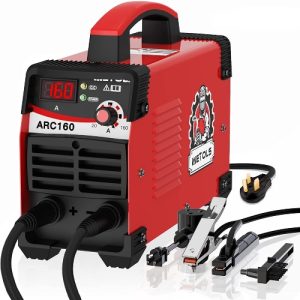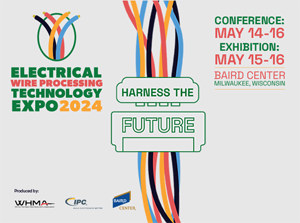 If you’re new to the world of welding, or you just want more information about how arc welding works, you’re in the right place. In this Nu-Tech blog, we’ll discuss the basics of arc welding and how a welding machine works – so that you can understand the fundamentals of the process. Read on and learn everything you need to know about modern welding machine technology.
If you’re new to the world of welding, or you just want more information about how arc welding works, you’re in the right place. In this Nu-Tech blog, we’ll discuss the basics of arc welding and how a welding machine works – so that you can understand the fundamentals of the process. Read on and learn everything you need to know about modern welding machine technology.
Understanding the Basics of Arc Welding
Arc welding is not the only type of welding. In torch welding, for example, a high-powered torch is used to melt the workpiece and a metal welding rod to join the metals together. But this is a relatively uncommon type of welding technology today.
However, arc welding is, by far, the most common type of welding, so that’s what we’ll talk about in this guide. The basics are simple. Arc welding technology uses a high-powered electrical “arc” to melt a metal workpiece that’s grounded to the welding machine, and an electrode that’s also attached to the welding machine.
Electrical arcing occurs when an electric current “jumps” and flows through the air between two conductors. In this case, that’s the metal workpiece and the electrode, both of which have a strong electrical current fed to them through the welding machine.
This arc heats the metal to an extremely high temperature, melting both the electrode and the metal it’s touching, creating a weld pool that allows the two metals to be joined. Let’s take a deeper look at this process and how an arc welding machine works now.
How an Arc Welding Machine Works
1. Setting up the machine. To begin, the welding machine must be set up. Various controls can be used to change the power of the machine and how it operates. It’s important to read the manual provided by the manufacturer thoroughly to set up an arc welder properly.
2. Grounding the welding material – Once the welder is ready to begin the welding process, they will attach a ground clamp to the metal workpiece. This attaches directly to the welding machine. This is essential because it helps complete the electrical circuit that will create the arc, which is used to join the two pieces of metal together.
3. Placing an electrode lead against the welding material – When the welder is ready to begin the welding process, they will place a highly-conductive electrode against the welding material and activate the machine to send an electrical current through the workpiece. The electrode may be a stick electrode or a piece of wire fed through a welding “gun” depending on the type of arc welding being performed.
4. Forming the electrical arc – When the electrode is pulled away from the metal workpiece slightly, usually by about 2 to 4 millimeters, an electrical arc forms as electrical jumps between the metal and the electrode. This extremely hot arc begins to melt the metal workpiece and the electrode almost immediately.
5. Melting the metals and joining them together – Once the arc has been formed, the metal workpiece and electrode will continue to melt together, forming what’s called a “weld pool.” This is a pool of molten metal that will form the joint between the metal that is being welded.
6. Protecting the metal with shielding gas – At high temperatures, the oxygen and other gases in the atmosphere tend to react with the metal in the weld pool, and can cause imperfections that damage the quality of the metal joint.
Shielded metal arc welding (SMAW or stick welding), gas metal arc welding (more commonly known as a metal inert gas, or MIG, welding), and gas tungsten arc welding (frequently called tungsten inert gas, or TIG, welding) all exemplify arc welding.
These three common methods each offer unique advantages and drawbacks. Stick welding, for instance, is inexpensive and easy to learn. It’s also slower and less versatile than some other methods. Oppositely, TIG welding is difficult to learn and requires an elaborate welding rig. TIG welding produces high-quality welds, however, and can weld materials that other methods can’t.
Torch welding represents another popular welding method. This process typically uses an oxyacetylene torch to melt the working material and welding rod. The welder controls the torch and rod simultaneously, giving him or her a lot of control over the weld. While torch welding has become less common industrially, it’s still frequently used for maintenance and repair work, as well as in sculptures.
Contact Nu-Tech today for a more thorough explanation of the welding process.


